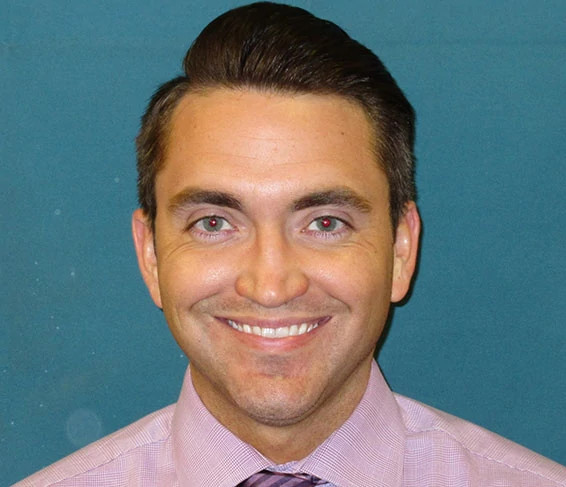Telomeres are repetitive DNA sequences at the linear ends of each of our chromosomes that shorten with successive cell divisions in all tissues throughout life.1 At a critical length, telomeres activate a DNA-damage response that triggers cellular senescence and age-related organ degeneration.2,3 Individuals with germline pathogenic mutations in telomere maintenance genes have very short telomeres and a predisposition to several clinical diseases collectively referred to as telomere biology disorders (TBDs).4 The phenotypic spectrum of TBD is broad and extends across the age spectrum from early-onset syndromic presentations, such as dyskeratosis congenita,5 to aplastic anemia and pulmonary fibrosis in older adults. 6,7 The diagnosis of a TBD can be challenging due to phenotypic heterogeneity and requires a high index of suspicion with integration of clinical and genetic data.
Regardless of clinical manifestations, patients with a TBD are at significantly increased risk of developing myeloid malignancies, such as myelodysplastic syndrome (MDS) and acute myeloid leukemia (AML).8,9 Our group previously found that germline rare variants in the telomerase gene, TERT, occur in approximately 3% of MDS patients who were not known to have a TBD.10 The presence of a TERT rare variant was associated with shorter telomere length, younger age at MDS diagnosis, and inferior survival after stem cell transplant. Additionally, we demonstrated that the majority of TERT rare variants are functionally impaired in cells. Taken together, these data indicate that clinically unrecognized TBDs are surprisingly common among adults with MDS and routine germline screening may enhance detection of patients with unrecognized TBD. Based on our findings, we have incorporated the core telomerase complex genes (TERT, TERC, and DKC1) on our clinical next-generation sequencing assay (Rapid Heme Panel [RHP])11 to systematically screen all patients with hematologic malignancies for TBD.
At Dana-Farber Cancer Institute, we have established a Telomere Biology Disorder Multidisciplinary Program for the comprehensive care of patients with TBDs in collaboration with Boston Children's Hospital and Brigham and Women's Hospital. The goal of our program is to improve the diagnosis, evaluation, and treatment of TBD patients through exceptional subspecialty clinical care and cutting-edge translational research. Patients are referred to our program in one of several ways: 1) detection of a germline telomere gene variant on RHP, 2) diagnosis of a classic TBD phenotype, or 3) referrals from the community or other academic centers.
Confirmed or suspected TBD patients and at-risk relatives undergo a comprehensive genetic and clinical assessment, including germline genetic testing, telomere length measurements, pulmonary function tests, and liver elastography. Within the Dana-Farber Adult Leukemia Program, patients with TBDs have an extensive hematologic evaluation, including a baseline RHP to assess for the presence of clonal hematopoiesis and patients' risk of developing a myeloid malignancy. At our case review conferences, our TBD clinicians with expertise in telomere biology, genetics, hematology, pulmonology, and stem cell transplant discuss each patient's case to devise a tailored monitoring and treatment plan.
Furthermore, our multidisciplinary approach provides a unique opportunity for novel discoveries, and we encourage all our patients to participate in our ongoing research efforts. Specifically, we are using advanced DNA sequencing technologies to identify novel inherited variants associated with TBD, as well as the acquired blood mutations that lead to the development of myeloid malignancies. In the future, we intend to use this knowledge to test new approaches to hematologic surveillance and conduct prospective therapeutic trials to improve the global care of TBD patients.
Our program cares for a wide range of clinical TBD diagnoses, including MDS, AML, aplastic anemia, interstitial lung disease, liver disease, and relatives of patients with TBD who are at risk of future health complications. Patients and providers can contact Dana-Farber Cancer Institute for referrals and additional information about our TBD program.

